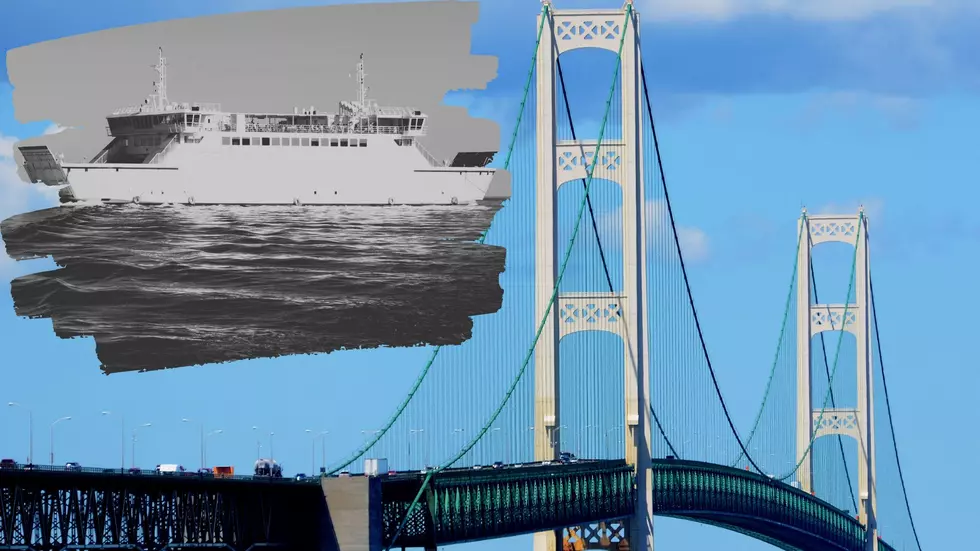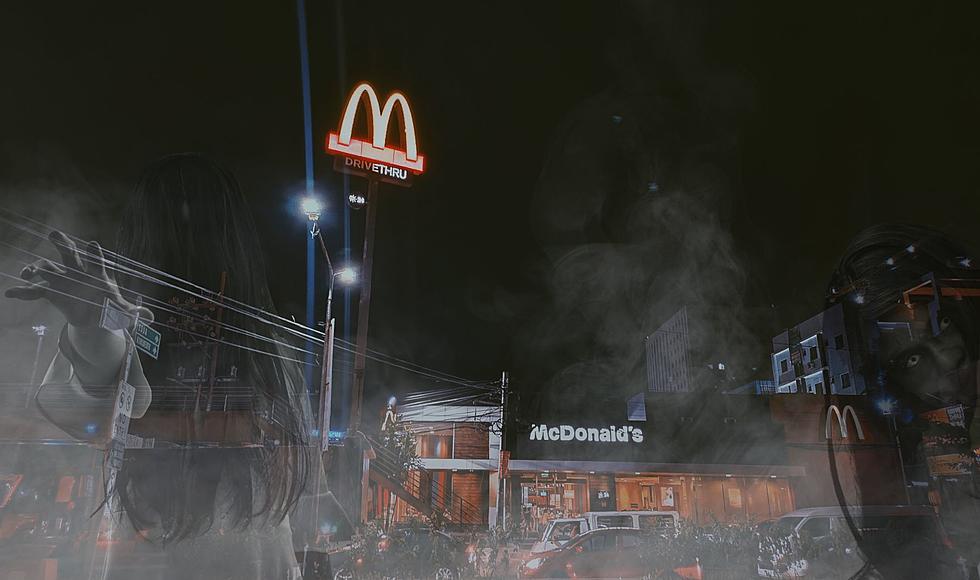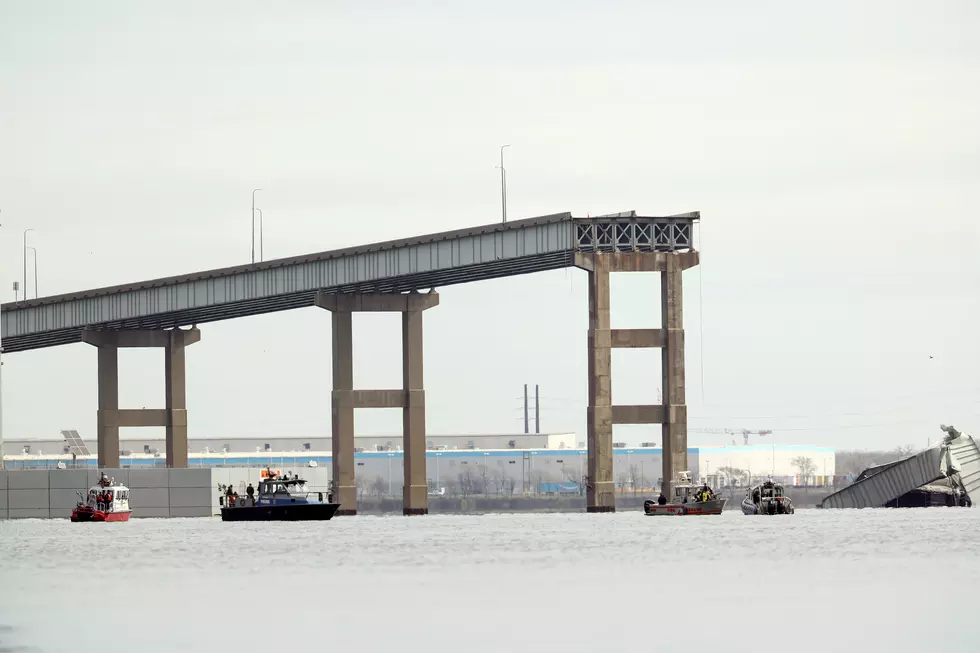
Before Big Mac: Remembering the Mackinac Strait Ferries
First off, a very (belated) Happy Birthday to the Mackinac Bridge. Celebrating 65 years of connecting the Upper Peninsula to the Mitten of Michigan; that's huge. It's brought a massive amount of tourism, and traffic to a part of the state that until 1957 wasn't as easily accessed from its own state borders.
In fact, the only way to get to the Upper Peninsula from the LP was via the Mackinac Ferries, which... at times... could be a tenuous trip across the Mackinac Strait.

The trip across the strait isn't easy. Even today with the state's iconic bridge, it can be so stressful to drive over open water for 5 miles, the Mackinac Bridge Authority offers a transport service that will drive your vehicle FOR you across the bridge.
But still, it's easier than the days of crossing via Ferry.
For 120 years of Michigan Statehood, the only way to get from Mackinaw City to St. Ignace was by boat - a treacherous 5-mile float across the connecting point of Lake Huron and Lake Michigan. For about the first 90 years, that was only accomplished by independent services, or, if you had your own boat to do the job.
But in 1923, as motor vehicles were becoming much more prevalent, a larger service was needed to cross the Strait, and the Mackinac Department of Transportation Ferries was born.
From 1923, until the bridge's opening in 1957, that service moved approximately 12 million vehicles and more than 30 million passengers between Mackinaw City and St. Ignace.
For many years, the service was only available when the waters were open and free of ice. But in 1931, the fleet's first ice breaker ship, "Sainte Marie," was purchased, and offered year-round access to and from the U.P.
Many of the ferries could only carry between 40 and 90 cars at max capacity, even after multiple upgrades. However, some later model ferries, "City of Petoskey" and "Vacationland" could carry between 100 and 150 vehicles.
All told, at its peak, the fleet had five ships with a capacity of only about 500 vehicles. Today, approximately 10-20,000 vehicles will cross the Mackinac Bridge in one day.
One person in a recent Facebook post on the Historical Michigan Facebook page described what it was like trying to cross the Strait.
"My dad is 94 and has always talked of going deer hunting before the bridge was built, and waiting close to a day to get across on the ferry."
When the Mackinac Bridge was announced and began construction in the 1950s, many were split on if they wanted it. Some welcomed the $100 million investment that connected the two peninsulas. But it was bittersweet for some, as it was many people's only experience ever traveling by ship.
Nonetheless, the Mackinac Bridge opened in 1957 and paved the way for more extensive Michigan traveling to the U.P., and ultimately killed the ferry service.
According to Absolute Michigan, the Ferries were all eventually sold, and scrapped, so kind of a sad end for such an important service in Michigan for so many years. But what a run they had.
Again, no disrespect to the Mackinac Bridge, Happy Birthday of course, but never forget your roots.
Constructing the Mackinac Bridge, 1954-1957
More From 107.7 WRKR-FM









